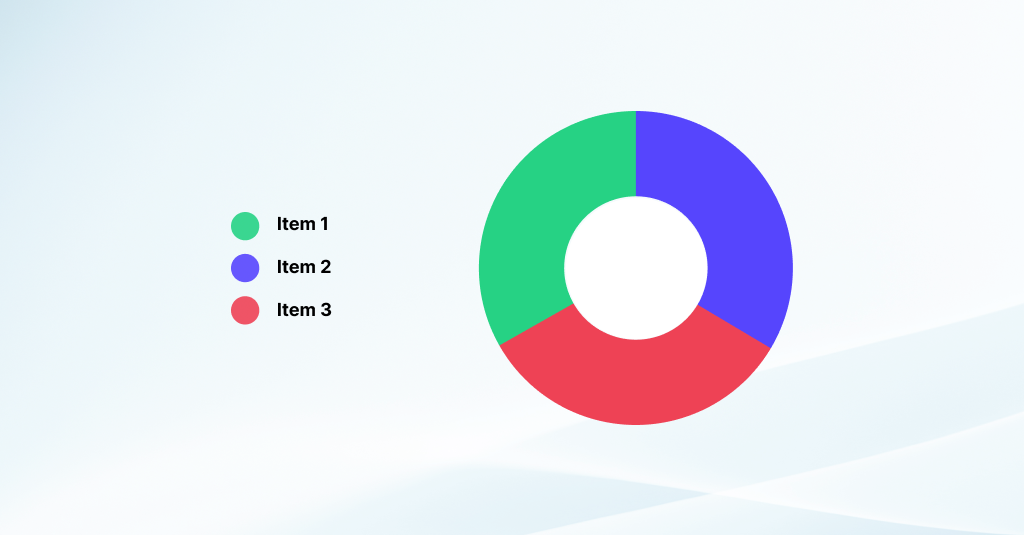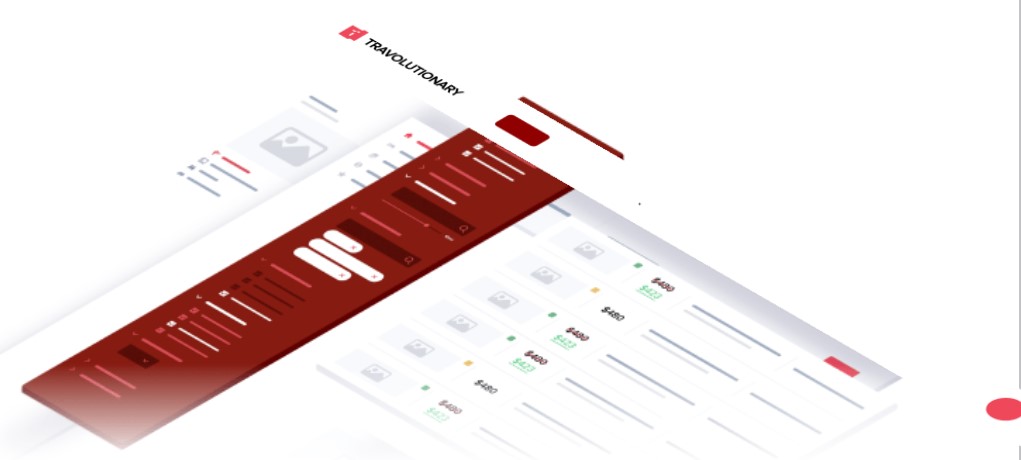What is a Donut Chart?
A Donut Chart is a type of circular chart that presents data in a visually appealing and easy-to-understand format. Similar to a pie chart, it divides a circle into segments to represent the proportions of a whole. However, unlike a traditional pie chart, a donut chart has a hole in the center, making it resemble a donut.

Donut Chart Overview
In a donut chart, each segment corresponds to a category or subgroup of data, and the size of each segment is proportional to the value it represents relative to the total. The segments are arranged around the circumference of the circle, and their sizes are determined by the numerical values they represent. The length of each segment’s arc is proportional to the quantity it represents.
Donut Chart Benefits and Usage
Donut charts are often used to display categorical data where the emphasis is on comparing the parts to the whole. They are particularly useful when you want to show multiple series of data in a single chart, allowing for easy comparison between different categories or groups. Additionally, the hole in the center of the chart can be utilized for labeling or additional information, enhancing the chart’s clarity and utility.
Clear Representation of Proportions: Donut charts provide a clear visual representation of proportions, making it easy to understand the distribution of data categories relative to the whole. This allows viewers to grasp the relative sizes of different segments quickly.
Comparison of Multiple Series: Donut charts can effectively compare multiple series of data within a single chart. By displaying each series as a separate ring within the donut, viewers can easily compare proportions across different categories or groups.
Focus on Relative Sizes: The absence of a central area in a donut chart allows viewers to focus solely on the relative sizes of the segments. This can be particularly useful for emphasizing the differences between categories without distractions.
Space Efficiency: Donut charts efficiently use space by displaying data in a compact circular format. Compared to other chart types like bar charts or line charts, donut charts can present the same information in a smaller area, making them suitable for situations where space is limited.
Aesthetic Appeal: Donut charts are visually appealing due to their circular shape and a hole in the center. This aesthetic appeal can make them more engaging and memorable for viewers, enhancing the effectiveness of data communication.
Ease of Interpretation: Donut charts are intuitive and easy to interpret, even for individuals who are not familiar with data visualization techniques. The circular format and proportional segment sizes make it straightforward for viewers to understand the data presented.
Flexibility in Labeling: The central hole in a donut chart provides space for labeling or additional information, such as a title or key metrics. This allows for customization and enhances the clarity of the chart by providing context or explanations.
Conclusion
Donut charts offer a visually appealing and effective way to communicate proportions and compare multiple series of data, making them valuable tools for data visualization and analysis.







